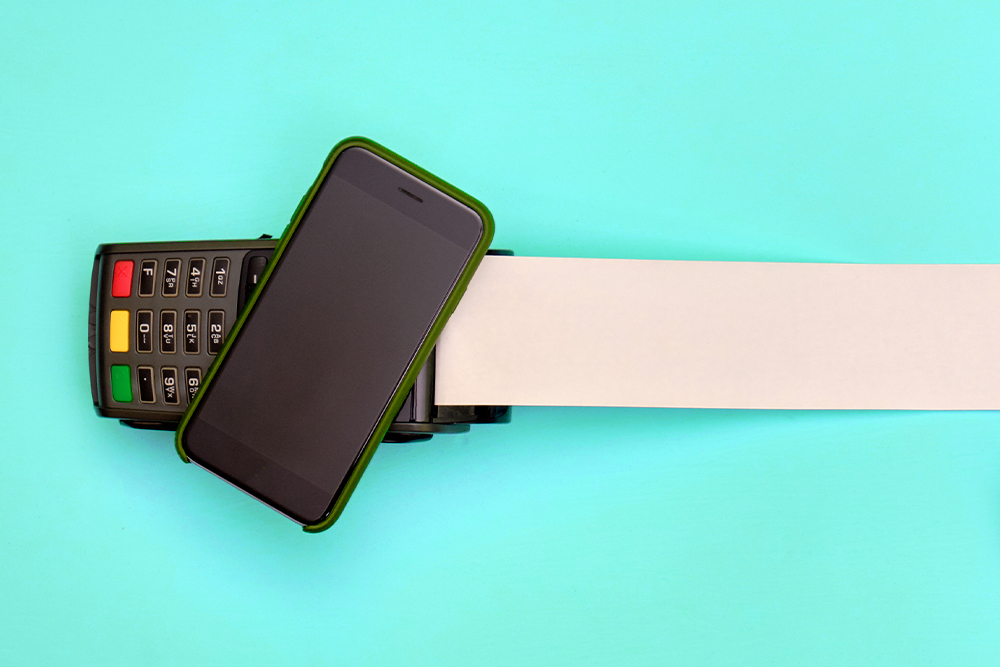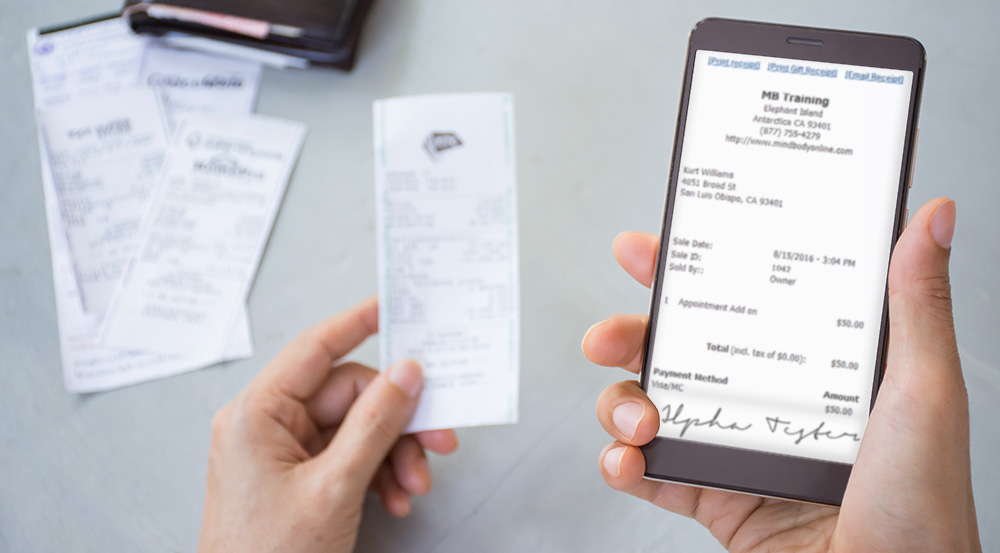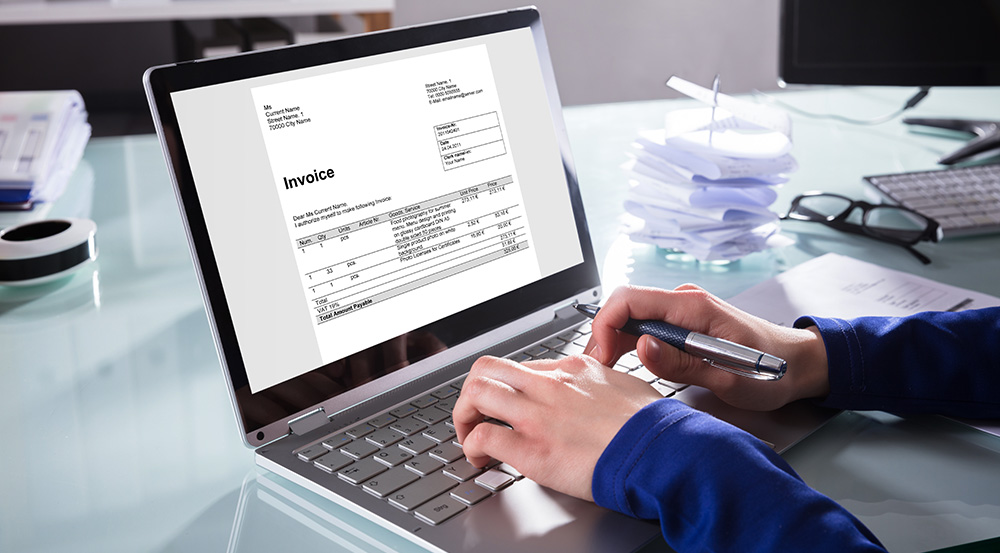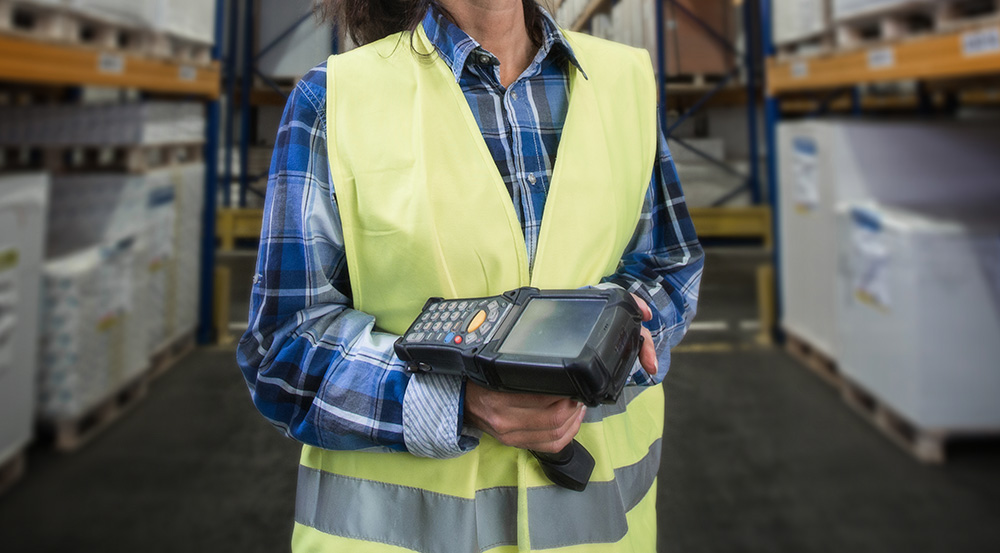The push to go paperless in retail

With the rise of the conscious consumer and the recent Covid-19 impact on business, more and more retailers are looking for innovative ways to improve their bottom line while showcasing their eco credentials to customers. Covid-19 then adds in bacterial concerns around sharing paper from hand to hand. One of the most effective ways to embrace all of this is to go paperless.
The obvious lack of hand to hand bacteria transfer via paper is a clear win at the moment, however, even prior to Covid-19, the advantages of going paperless were there. It allows retailers to more efficiently manage their business, it reduces the time spent managing paperwork like inventory, cuts downs on reams of unnecessary printing and also offers the digitally savvy customer a more streamlined transaction that meets their environmentally conscious expectations.
Here’s an insight into how it’s done and the benefits going paperless offers…
The benefits
Eliminating extraneous paperwork in retail offers benefits to both customers and the retail outlet.
For the business, it saves staff time by ensuring all information is at hand and digitally searchable (rather than found in filing cabinets), it cuts down on the storage costs and space required to store paperwork and reduces the ongoing costs of buying printers, ink and paper.
For consumers, digital rather than paper-based receipts offers convenience. In an era of the digital wallet, few customers relish the idea of carting around hard copy receipts and then sorting and storing them at home.
Meanwhile, electronic receipts offer opportunity, allowing retailers to capture valuable customer data like email addresses or mobile phone numbers, which can then be utilised for marketing or customer loyalty.
In a more general sense, going paperless also reinforces a brand’s environmental commitment. It provides very real evidence that a retail outlet is looking to reduce waste and their environmental footprint at a time when the conscious consumer is on the rise.
In fact, in 2019, Monash University found 92 per cent of customers believe sustainable business practices should be standard.
It will also put those brands at the forefront of the psyche of shoppers who are resuming their interactions with the wider world and retailers and where wanting to avoid getting a paper receipt is one less hurdle to the consumer making a decision to go ahead with a purchase.
Areas to consider
Going paperless might sound like a big ask for an industry that has traditionally relied on paperwork for inventory reconciliation, staff timesheets and printed receipts, but in many ways, it’s been happening in increments for years.
The arrival of mobile POS enabled inventory tracking, staff scheduling, and payment data to be stored in the Cloud then accessed remotely, while technology like RFID has allowed for electronic monitoring of stock from the point of manufacture to the retail floor.
But for retailers looking to completely go paperless, the following areas should be considered:
Digital receipts

Digital receipts allow the retailer to send the transaction receipt directly to a customer’s email address, mobile phone or even have it show up immediately on their bank statement. Many mPOS software providers can facilitate digital receipts that can be automatically emailed or texted, while new software players like Slyp are streamlining the process even further.
Rather than requiring an email address, which might add time at the POS, Slyp uses the bank card number or a mobile number to send a digital receipt directly to the customer’s banking app.
Electronic billing and invoicing

Online banking has transformed the way businesses pay bills, and many suppliers now offer the option of digital billing or emailed invoicing.
In addition, retailers can also transform their hard copy invoices into electronic records through apps such as Invoicify which integrate with mPOS software.
Electronic inventory

Perhaps the most challenging arena for retail to eliminate paper is in the handling of inventory. However, this is where inventory management software and technology like RFID or barcode scanning can cut hours of time and reams of paperwork.
Again, most mPOS software providers offer either inbuilt inventory management software or suitable integrations, while RFID allows retailers to consistently and accurately account for all their stock within minutes.
Timesheets and payslips
The days of the printed weekly roster and hard copy payslips are long gone courtesy of staff management software and government initiatives like single touch payroll.
Importantly, staff rostering can also be integrated with digital calendars, messaging and task setting, allowing retailers to manage their staff in one simple place that’s often also integrated with mPOS.
Deputy, ClockOn, and FindMyShift are among the software integrations that streamline staff scheduling.
Meanwhile, the introduction of single touch payroll is also prompting many retailers to email payslips rather than print them out, while information is also automatically forwarded to the ATO and group certificates are now available automatically via MyGov at the end of each financial year.
The final word
At a time where cost-cutting is now more important than ever, a small investment in technology in a bid to go paperless can revolutionise the efficiency of retail.
In addition to cost and time savings, it can also improve the customer experience, meet the expectation of the conscious consumer, and help the retail sector minimise their environmental footprint.
You can learn more about our mPOS hardware options that facilitate the paperless process here.